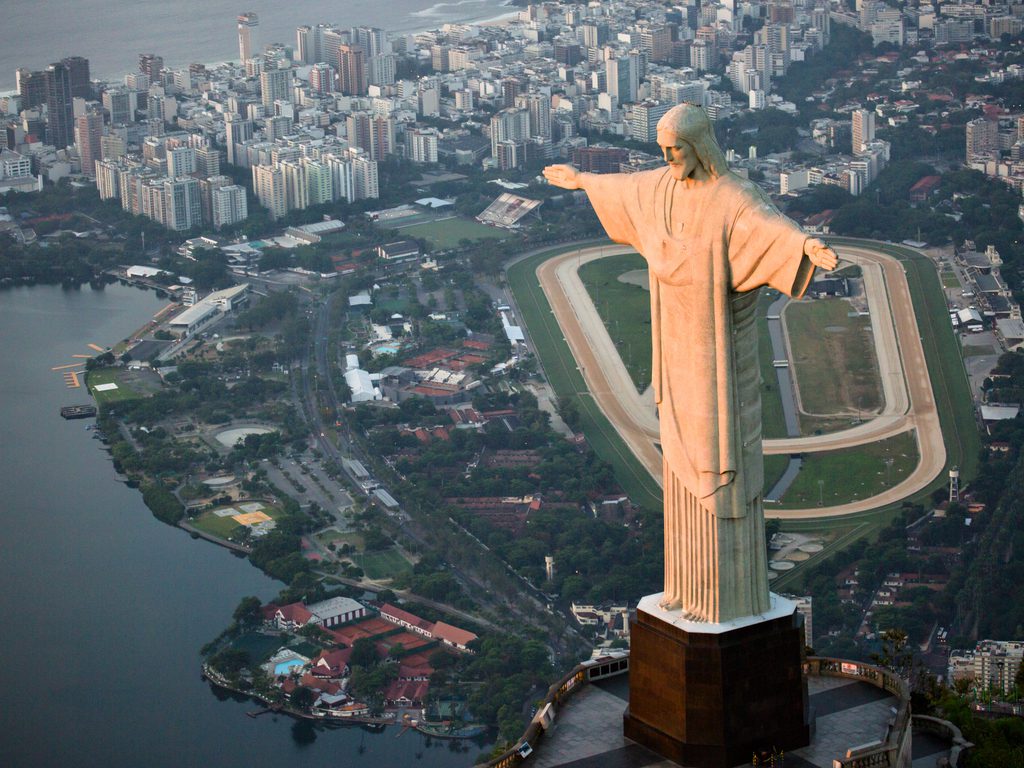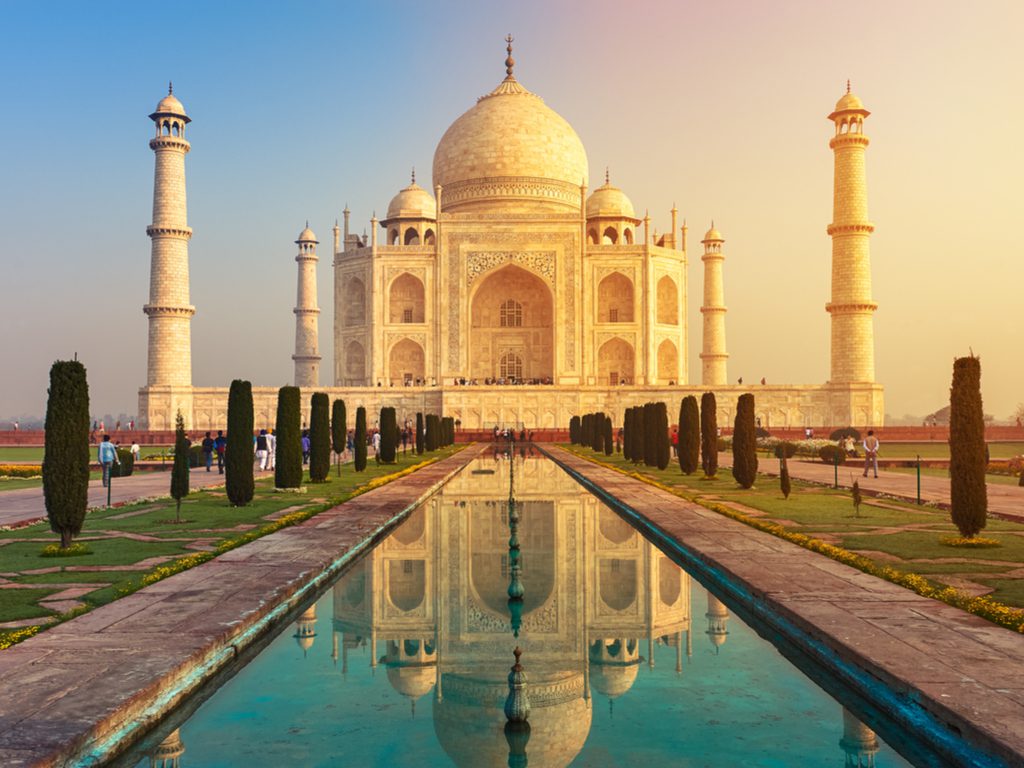Seven wonders of the modern world
by Karen Rollins Apr 16, 2018

You might be familiar with the classic, original Seven Wonders of the World, which include the Great Pyramid of Giza; The Temple of Artemis at Ephesus; and the Hanging Gardens of Babylon.
But did you know that a new list of modern seven wonders has been compiled?
These structures might not be as ancient as their predecessors, but they’re still impressive, and best of all, you can add them to your bucket list as they’re all still standing.
Christ the Redeemer Statue, Brazil
This well-known art deco statue in Rio de Janeiro has been keeping watch over Brazilians from the summit of Corcovado Mountain since 1931.
The concrete-and-soapstone statue is 130-foot tall, and was designed and constructed by Brazilian engineer Heitor da Silva Costa in collaboration with the French engineer Albert Caquo. It cost approximately $250,000 (US) to build and most of the money was raised through donations.
Petra, Jordan
Petra, also known as the ‘Rose City’, is located in Jordan’s southwestern desert and joined the World Heritage list in 1985.
This famous archaeological site was the capital of the Nabataean empire of King Aretas IV, which probably enjoyed its prime from 9 B.C. to A.D. 40 as a pseudo-oasis. It features various incredible structures carved into the pink sandstone cliffs, including a 4,000-seat amphitheatre and the El-Deir monastery.
Colosseum, Rome
Built between A.D. 70 and 80 A.D., this freestanding amphitheatre sat nearly 50,000 spectators, and was in use for about 500 years. The elliptical structure witnessed brutal gladiatorial events as well as other public spectacles, including battle reenactments and executions.
Natural and man-made events have left the Colosseum in a state of ruin, but portions of the structure remain open to the public, and it is still awe-inspiring.

The Taj Mahal, India
A symbol of undying love, this mausoleum was commissioned for the wife of Mughal Emperor Shah Jahan, and was built between 1632 and 1648.
The Taj Majal is made of white marble and represents a number of architectural styles, including Persian, Islamic, Turkish and Indian. It encompasses sunken flower beds, formal gardens of raised pathways, and a linear reflecting pool.
Macchu Picchu, Peru
Built at the peak of the Incan Empire in the mid-1400s, scholars believe these incredible granite ruins were a sacred archaeological centre for the nearby Incan capital of Cusco, before being abandoned.
The site, which can only be reached by foot, train or helicopter, was known by locals but remained hidden from the world until 1911, when it was rediscovered by American archaeologist Hiram Bingham.
The Great Wall of China, China
The Great Wall of China is a stone-and-earth fortification which was built between the 5th century B.C. and the 16th century, to protect the borders of the Chinese Empire from invading Mongols.
The Great Wall, which is visible from space, is actually a succession of several walls spanning approximately 4,000 miles, making it the world’s longest manmade structure. If you’d like to attempt to walk the full length, it’s estimated to take approximately six months.
Chichen Itza, Yucatan Peninsula, Mexico
The amazing ruins of Chichen Itza demonstrate the ingenuity and adaptability of Mayan culture.
This powerful city was a trading centre for slaves, cloth, honey and salt. It flourished from approximately 800 to 1200 and acted as the political and economic hub of the Mayan civilization.
The most familiar ruin at the site is El Caracol, a sophisticated astronomical observatory.
Source: The Travel Channel








